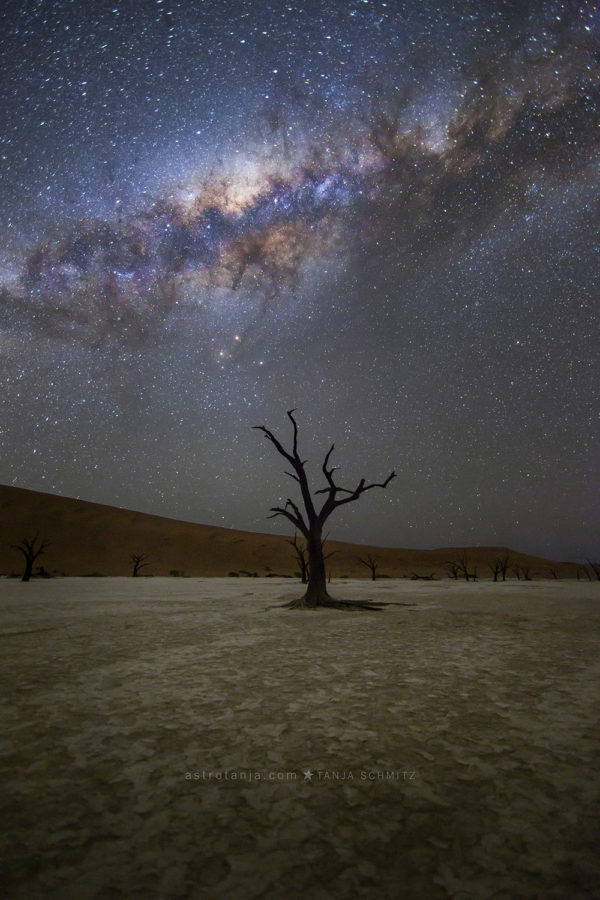

Remote astrophotography with a portable setup: traveling to a dark site. Note: If you use the "Transfer to Photoshop" option in DPP, it will export a 16-bit version of the file. Affinity Photo 1.9 adds astrophotography workflow support with stacking and calibration.

If you'd like to export your files for use in other editing programs, choose "TIFF 16bit (*.TIF)" as your export file type. Discover how Affinity Photo 1.9’s new Astrophotography Stack workspace now transforms the app into a start-to-finish solution for astrophotography post production. If importing a RAW file into Digital Photo Professional (v.3 or v.4), then you're working with all the information your file has to offer from the get-go.

Here are some things to look for to ensure you maintain a 16-bit workflow when importing and exporting images, assuming you are starting with a RAW file. Even if your intended output is a JPEG (8-bit), you'll get a better image quality by maintaining a 16-bit workflow until the very end. In order to achieve the highest image quality in your final image, you need to maintain a 16-bit workflow through your entire image editing process, especially if you use multiple image editing programs in your workflow. This new and expanded second edition 100 page guide, takes you through a number of image processing workflows so you can get the best out of your astronomy images using Affinity Photo software.This is written for the Windows Version, but the techniques used are the same in the Mac version.The author has not used Affinity Photo with an iPad, so cannot comment on how similar that version works. But setting your camera to record in RAW format is only the first step.


 0 kommentar(er)
0 kommentar(er)
